The world's first six months of 2024 show that many previous predictions were not wrong.
 |
| Illustration photo. |
It can be seen that the transition to a “multipolar, multi-centered” situation will be bumpy and unpredictable. Many new viewpoints, strategies, and “rules of the game” will begin to form, while the old order with its current “rules of the game” will not disappear. Many new groups of forces will be formed, many conflicts of interest, new hot spots will arise or escalate.
At times and in places, the world has fallen into a state of confusion between right and wrong, right and wrong when many principles, standards, and codes of conduct that have become laws or customs of international relations are no longer strictly respected by the parties, have different interpretations, or are applied arbitrarily and inconsistently.
Grayscale painting
The Russia-Ukraine conflict has entered its third year, with no signs of de-escalation, no sign of peace at the end of the tunnel. The military confrontation has gradually expanded into a confrontation in technology, communications, will, and economic strength between the two sides, especially in the ability to quickly and effectively transform the economy to serve the battlefield.
Russia has been quicker and more effective in increasing its defense industry output by 15%. Meanwhile, Ukraine and Western countries have struggled more, but have also taken strategic measures. The European Union (EU) has announced its Defense Industry Strategy to increase its defense self-sufficiency.
The US Department of Defense released the National Defense Industrial Strategy (NDIS) to ensure the defense supply chain can produce products, services, and technologies at a speed and scale sufficient to meet the high-consumption demands of armed conflicts.
Both sides understand that, in the event of conflict, GDP indicators, financial strength, budgets or funding will become meaningless if they are not transformed into industrial production strength quickly and promptly.
While tensions in Europe have not yet subsided, the conflict in the Middle East has claimed the lives of more than 33,000 Palestinians, many of them women and children, creating a serious humanitarian crisis. Not stopping in the Gaza Strip, tensions have spread to other areas such as Lebanon, killing at least 175 Lebanese and 15 Israelis, along with the displacement of tens of thousands of people. Ceasefire negotiations have taken place but have not achieved significant results. The debate between Israel's legitimate right to self-defense, its obligation to "respond proportionately" and respect for international humanitarian law continues, while blood continues to be shed.
In the Red Sea, Yemen’s Houthi group has launched multiple attacks on commercial vessels, severely disrupting this vital shipping route, pushing container rates from Asia to North America up 38% to more than $4,000 per 40-foot container (FEU), and to the US East Coast up 21% to $6,152 per FEU. Similar increases have been seen on routes from Asia to Northern Europe and the Mediterranean, with rates up more than 50% in many areas. The attacks and retaliations between Israel and Iran have almost pushed the spiral of violence in the Middle East out of control, with unimaginable consequences.
In the Asian region, although there is no conflict or military confrontation, the situation at many hotspots is deteriorating. In the first days of the year, North Korea announced that it had abandoned its goal of unification with South Korea, replacing it with a policy of military confrontation, and accompanied by consecutive ballistic missile tests, including intercontinental missiles, and live-fire drills near the border with South Korea. North Korea deployed fighter jets and conducted military exercises near the sea and air borders. South Korea responded by suspending the 2018 Inter-Korean Military Agreement and increasing joint exercises with the United States and Japan, further escalating the atmosphere of tension and confrontation on the Korean Peninsula.
Tensions have escalated in the Taiwan Strait. After the inauguration of Lai Ching-te, the Democratic Progressive Party (DPP) candidate, as the head of the Taiwanese government, China retaliated with the first military operation “Joint Sword-2024A” involving all three forces of the navy, air force and rocket force, with more than 100 aircraft and dozens of naval vessels, conducting simulated air and sea attacks, crossing the median line of the Taiwan Strait. These exercises used advanced weapons such as J-20 fighter jets, Dongfeng ballistic missiles and PHL-16 rocket launchers. The operations took place both north and south of Taiwan, including simulated attacks on military facilities.
Tensions between the Philippines and China in the South China Sea have also escalated significantly, especially at Second Thomas Shoal and Scarborough Shoal, especially after Chinese coast guard vessels repeatedly blocked and used high-pressure water cannons to attack Philippine vessels, hindering resupply efforts for soldiers stationed on the old Philippine warship BRP Sierra Madre, injuring sailors and damaging Philippine official vessels. The Philippines’ submission of the outer continental shelf boundary to the United Nations (UN) on June 14 will stir up legal debates among claimant states in the South China Sea, similar to the note verbale debate at the UN in 2019-2020.
Not only is the world hot in geopolitics, the first six months of 2024 are also record hot due to climate change. January 2024 was recorded as the warmest January on record, with global surface temperatures 1.27°C above the 20th century average. Global rainfall also reached near-record levels, causing severe flooding in many areas, while many other regions experienced drought and increased risk of wildfires.
Positive but still unpredictable
In that gray picture of the global security environment, some positive rays can be seen.
US-China relations show signs of warming in 2024, focusing on maintaining dialogue and controlling competition. The two countries continue to maintain high-level interactions, following a meeting between the two leaders on the sidelines of the APEC Summit in San Francisco in November 2023. The US and China reopened military communication channels and pledged to strengthen cooperation on global issues such as reducing greenhouse gas emissions and fentanyl. Despite many disagreements, both sides are working to avoid escalating tensions and maintain regional stability. This trend is expected to continue as both countries understand the benefits of cooperation, even as strategic competition persists.
The global economy is showing signs of improvement, although significant challenges remain. According to the IMF, global economic growth is expected to reach 3.1% in 2024, higher than previously forecast thanks to the strength of the US economy and a partial recovery in purchasing power in China and some other major developing economies. However, this growth rate is still lower than the historical average from 2000 to 2019 of 3.8%. Global inflation has eased significantly from its record high in 2022. In the US, core inflation is expected to decline to 2.4% in 2024, from 3.4% last year.
Southeast Asia’s economy grew by 4.6% in the first half of 2024, continuing to outperform the global average, with strong recovery in tourism and electronics manufacturing. Countries such as Indonesia and Vietnam continue to be seen as achieving stable growth. However, the region still faces challenges from inflation and risks from geopolitical tensions and competition between major powers.
It is forecasted that the second half of 2024 will still have many unpredictable factors. The US election entering the final stage will temporarily distract the US, focusing on internal issues. What will be the outcome of the fragile ceasefire initiatives in the Middle East without the determination to promote them from the US and President Biden personally?
Meanwhile, the summer military campaign on the ground between Russia and Ukraine this year is believed to be able to decide the direction of conflict resolution.
In Asia, the third plenary session of the Communist Party of China (scheduled for July) will determine the direction of China's development for many years to come.
Hopefully, domestic political priorities will encourage the US and China to maintain the current momentum of cooperation, control strategic competition well, and reduce concerns for the world in the current chaotic situation.
Source: https://baoquocte.vn/the-gioi-hoang-mang-giua-cac-luong-xung-dot-275683.html








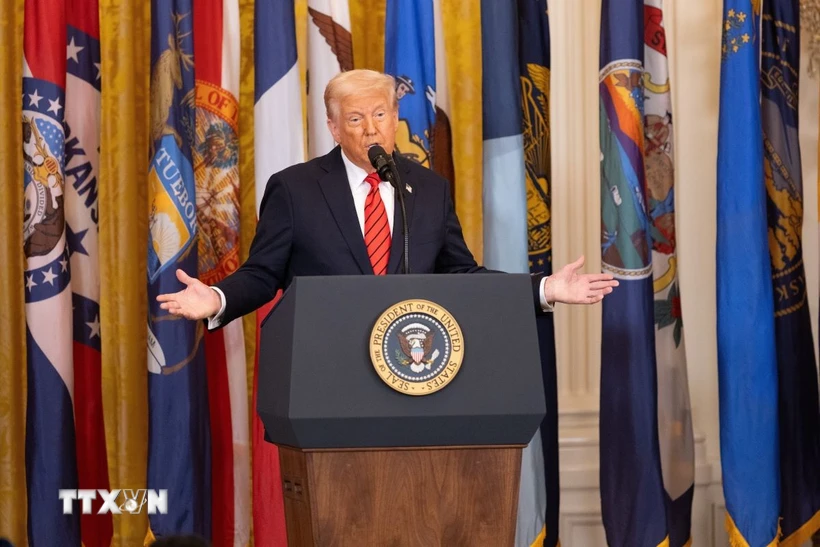



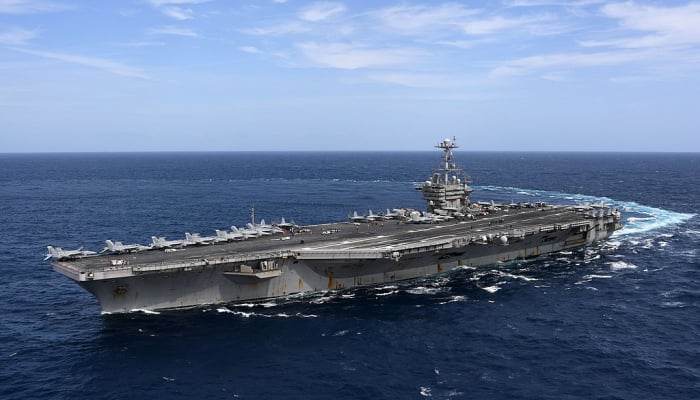

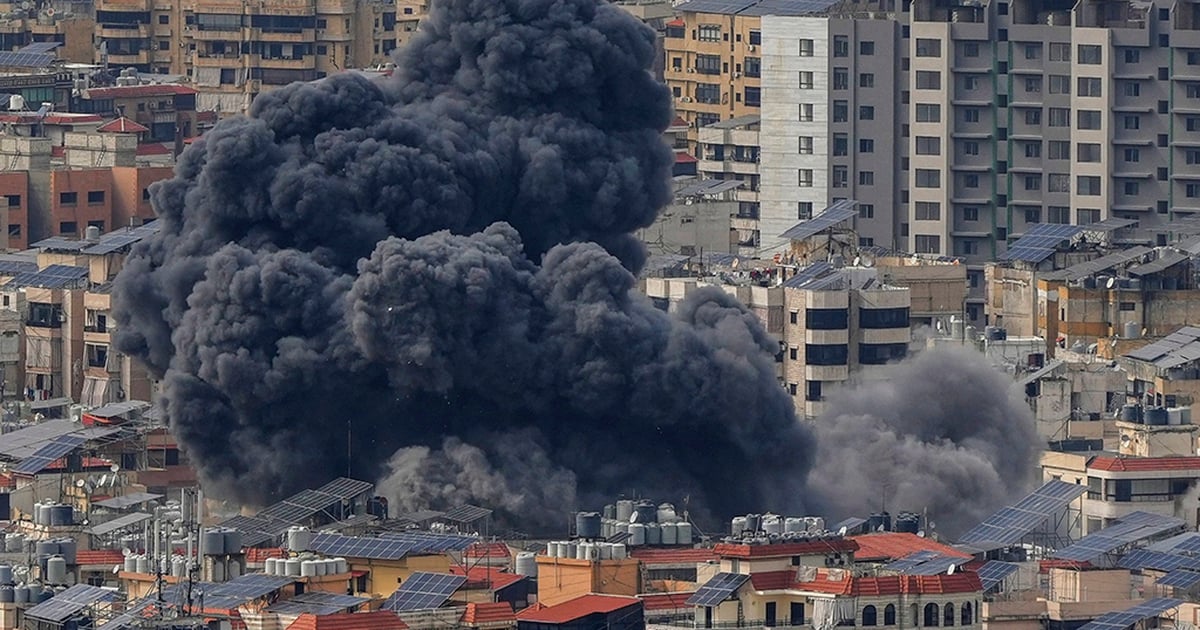

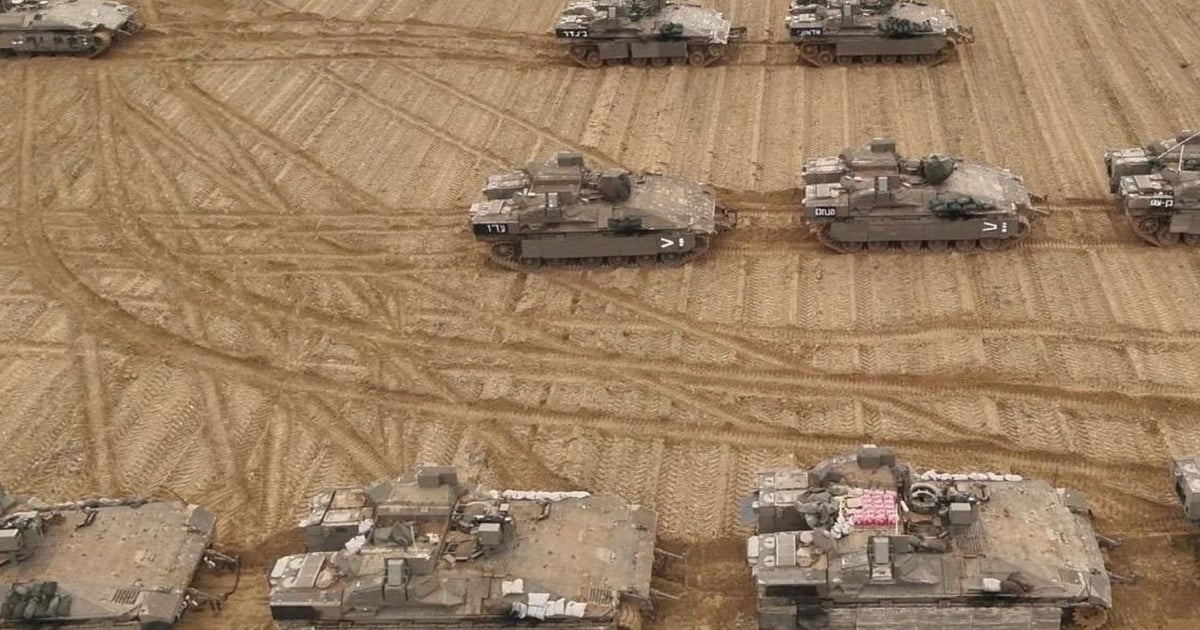
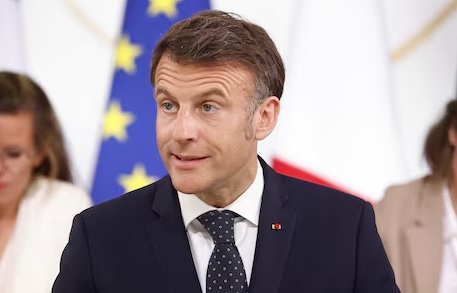



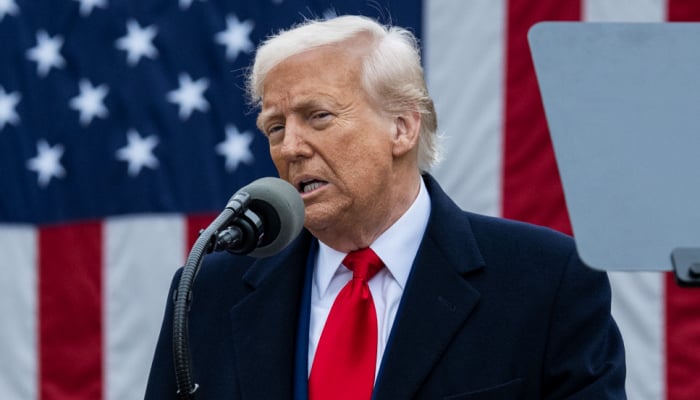


















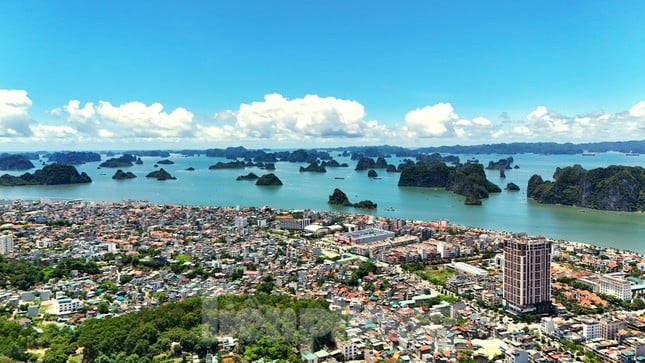


















































Comment (0)